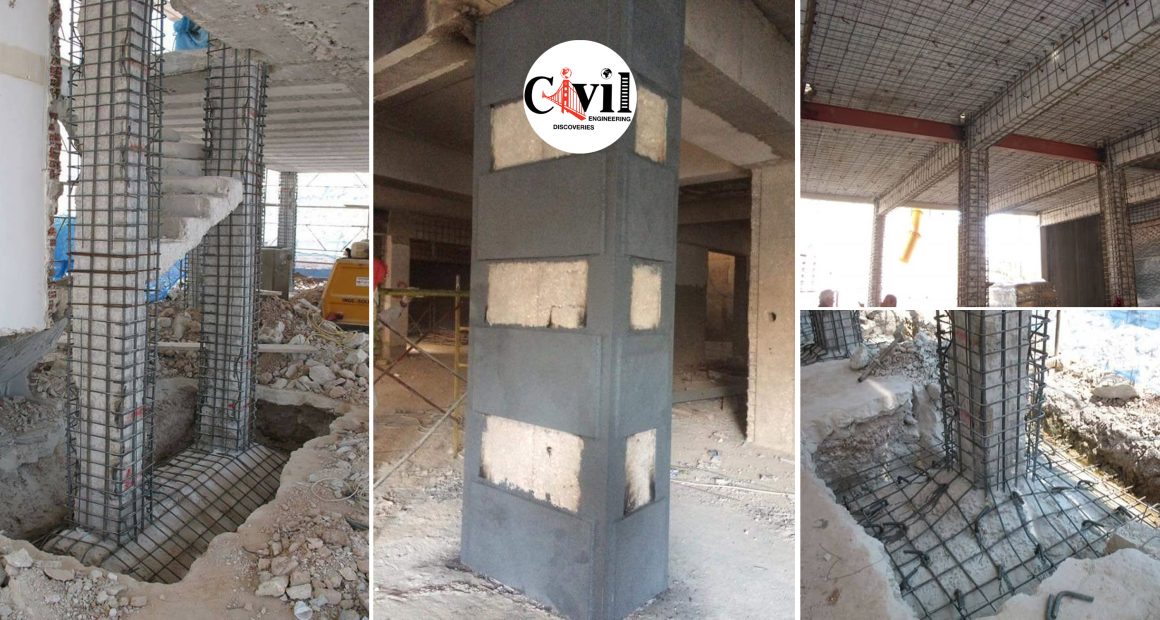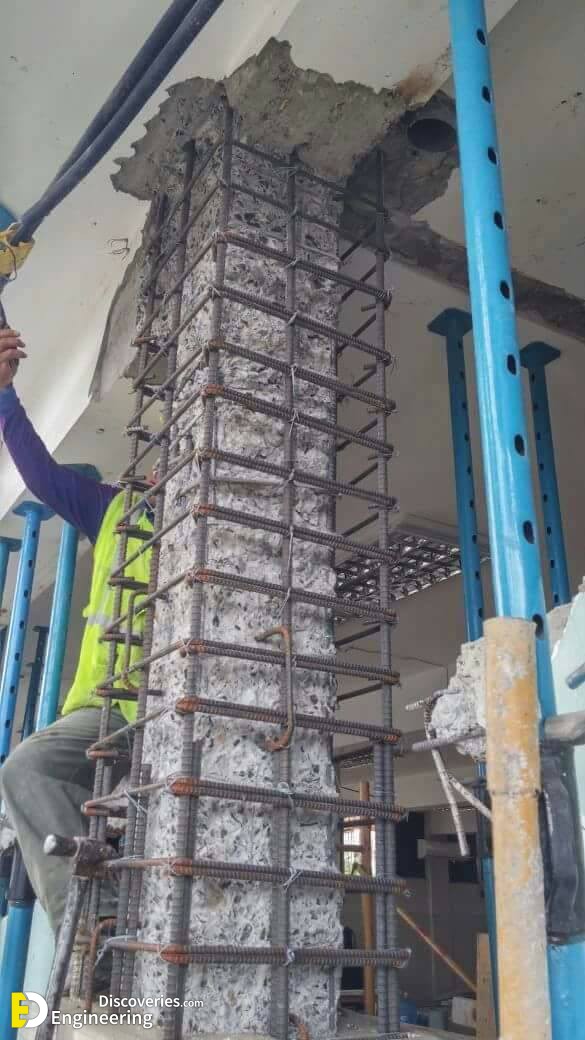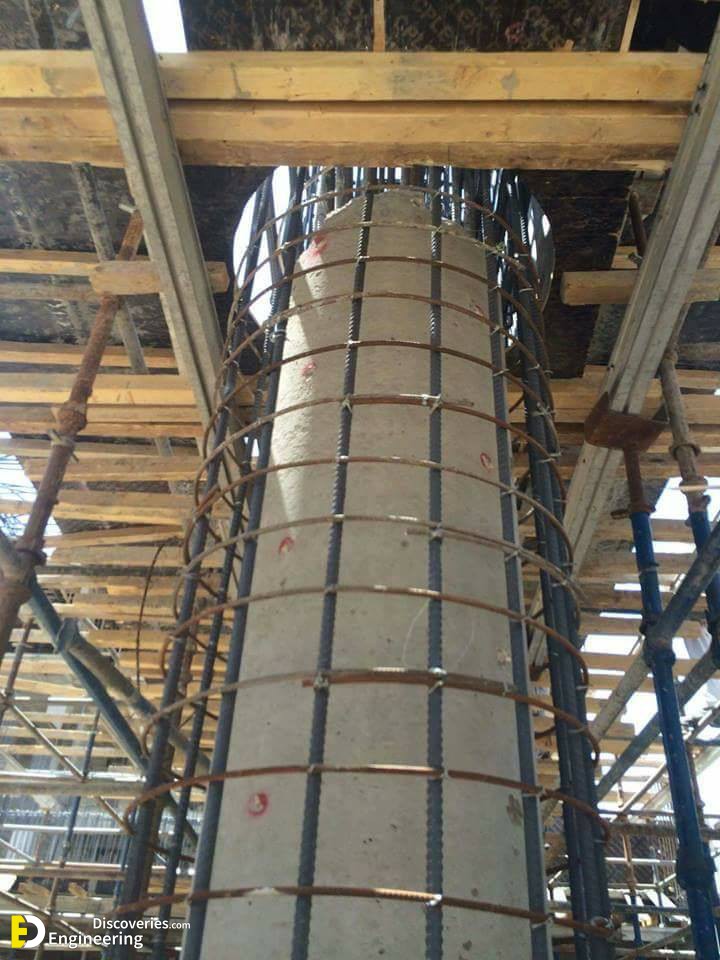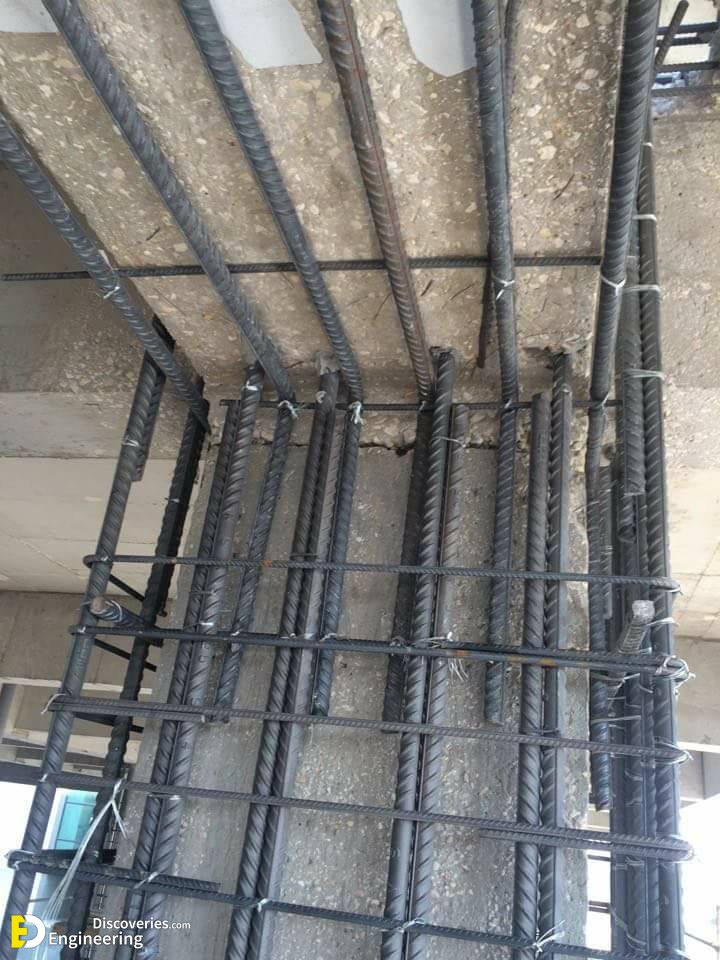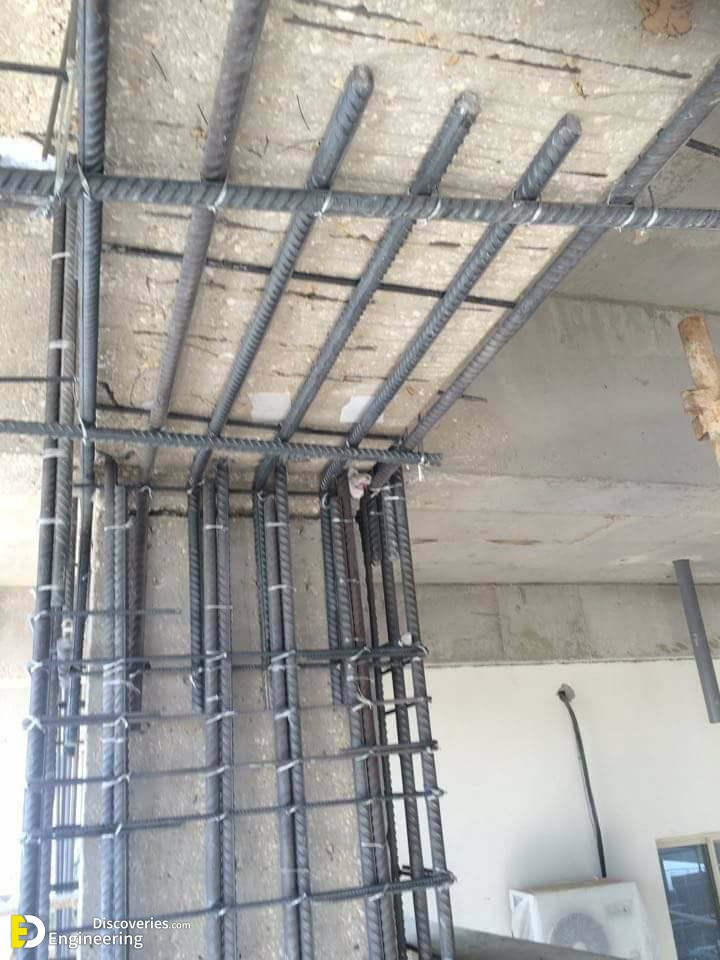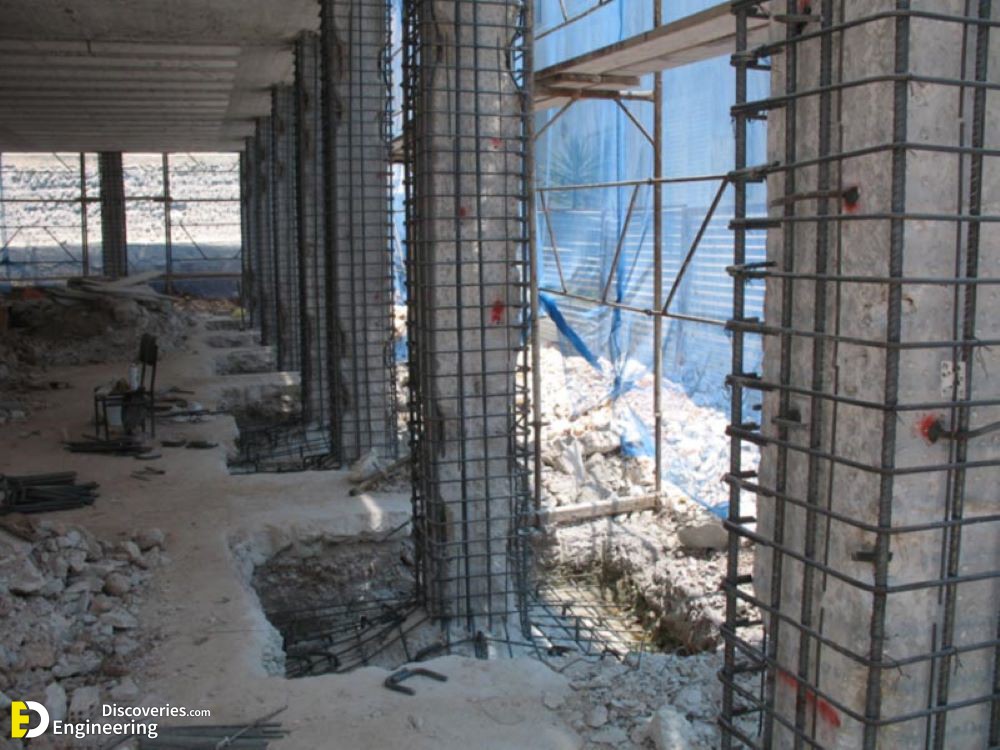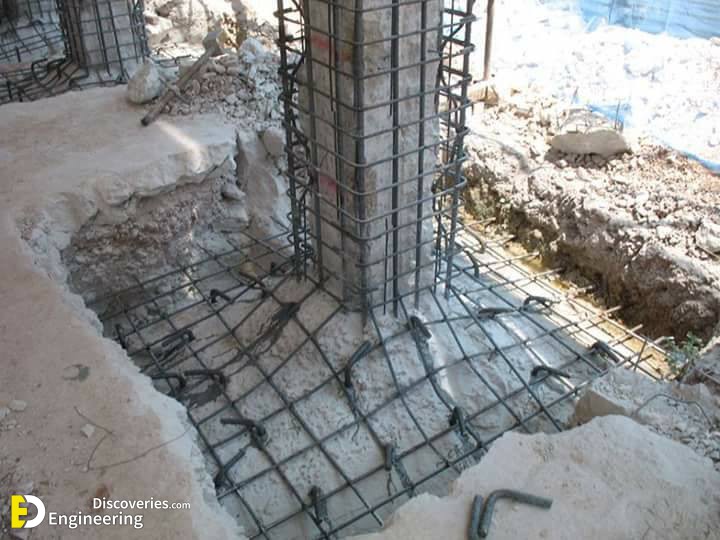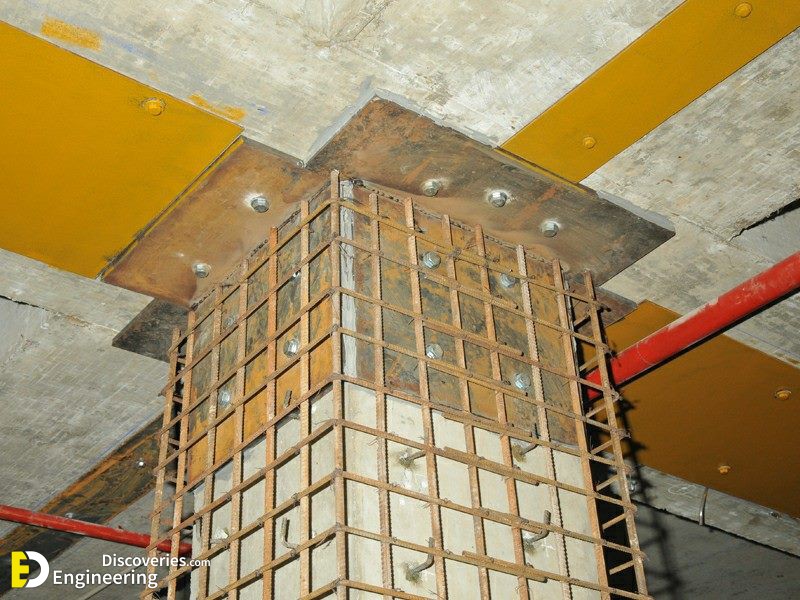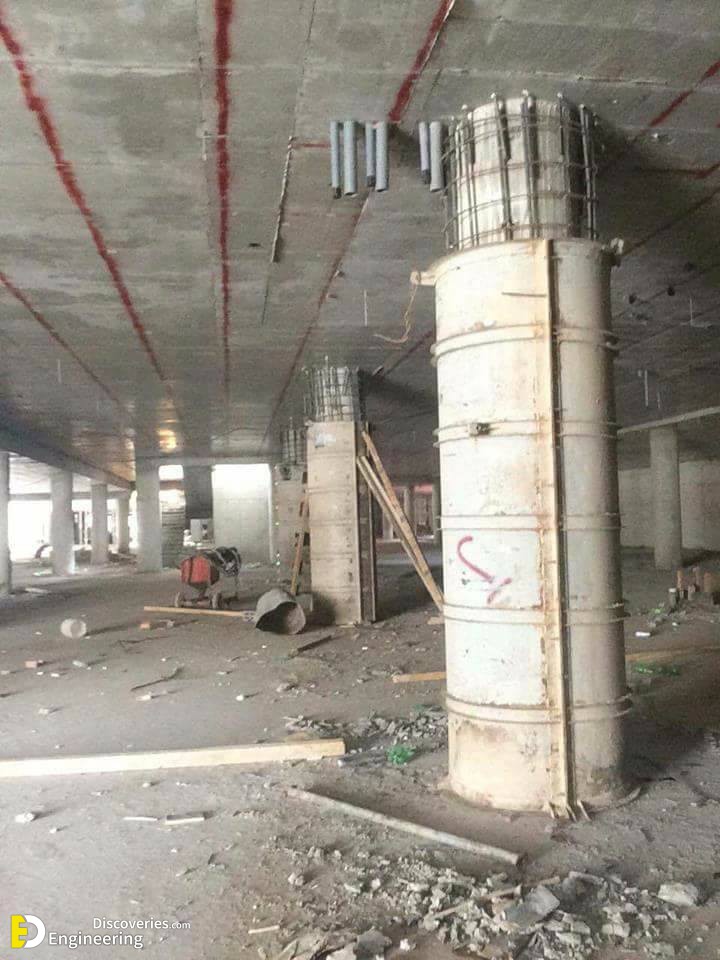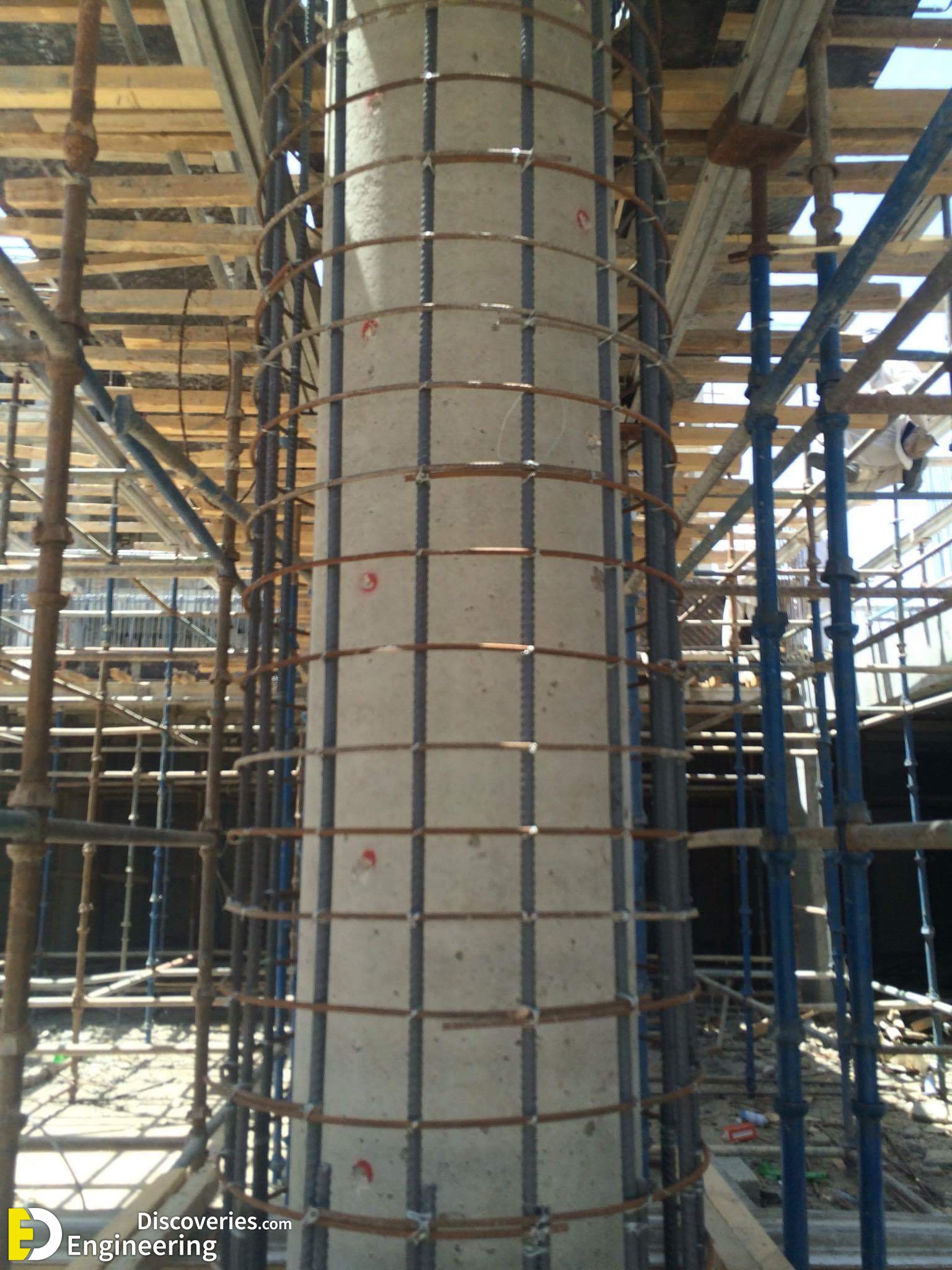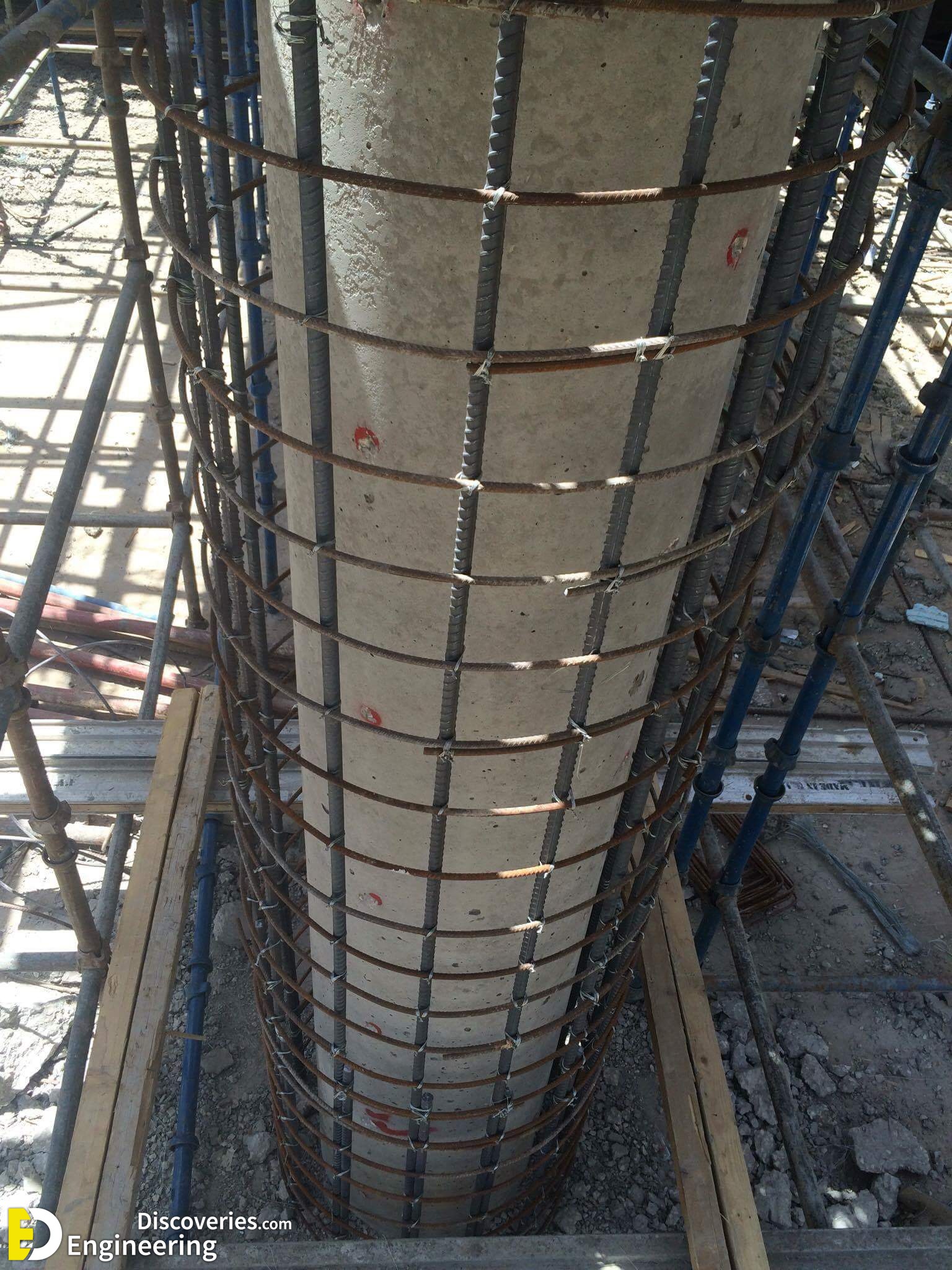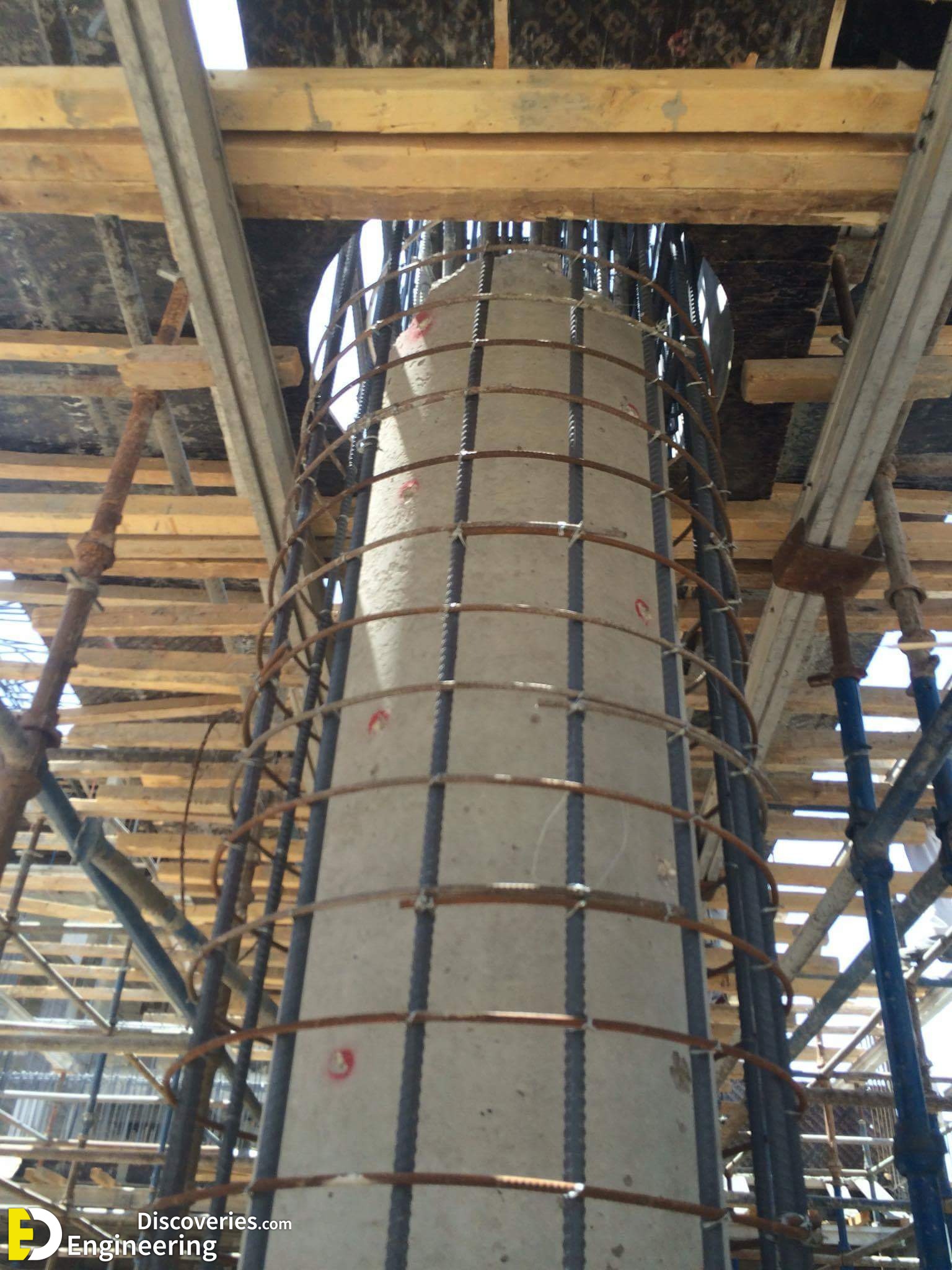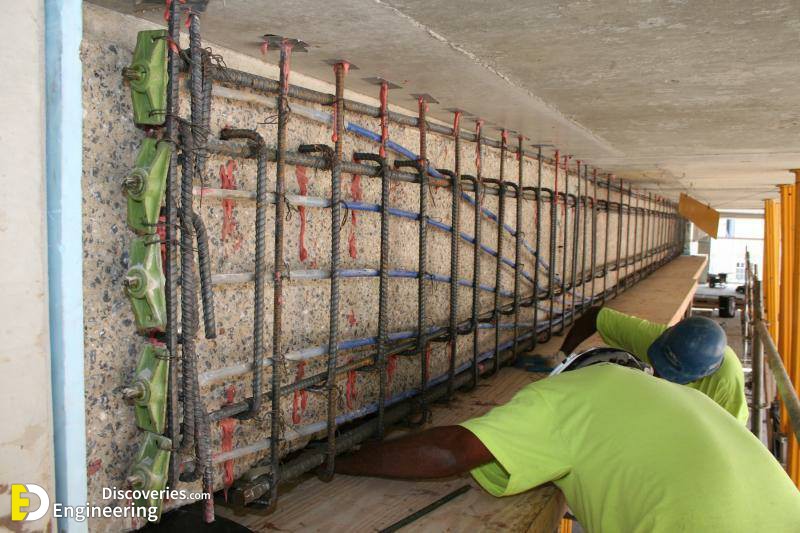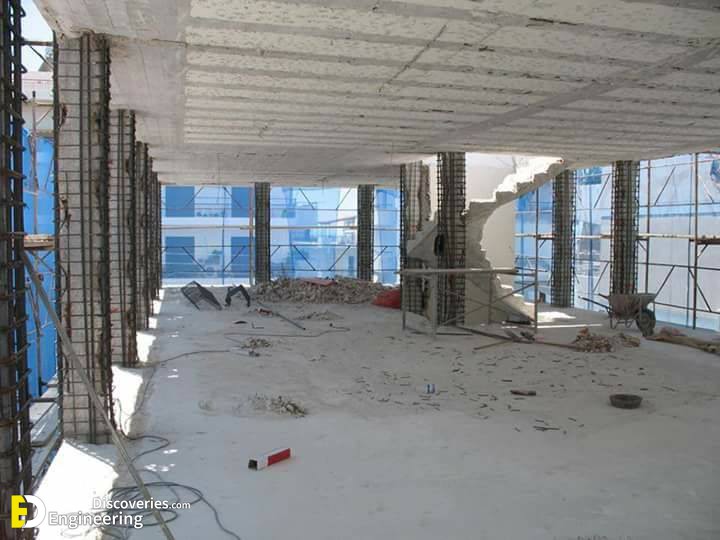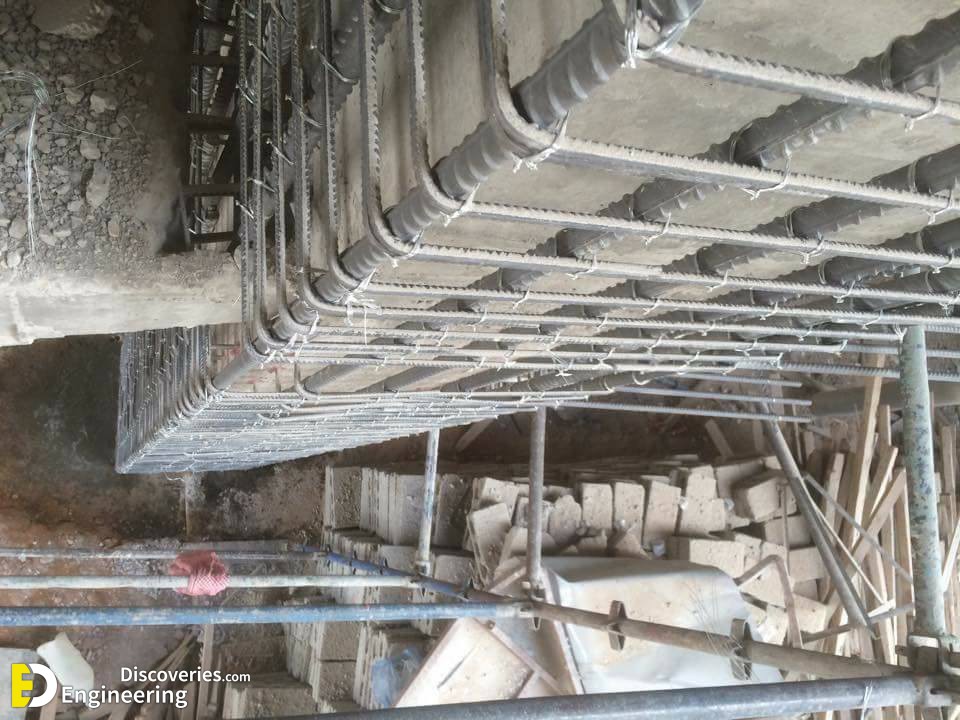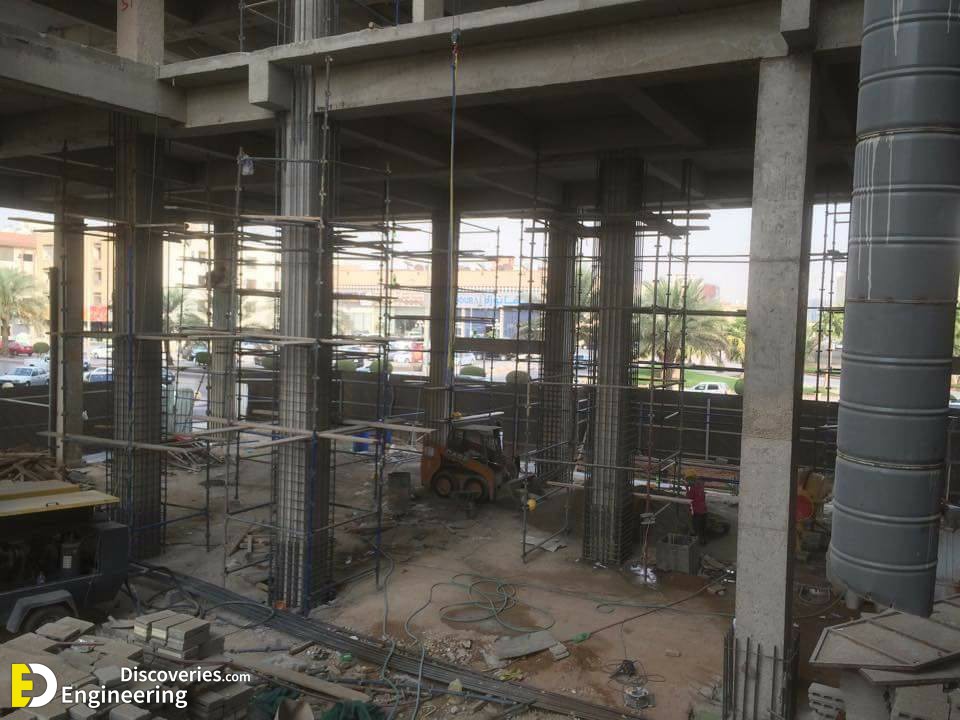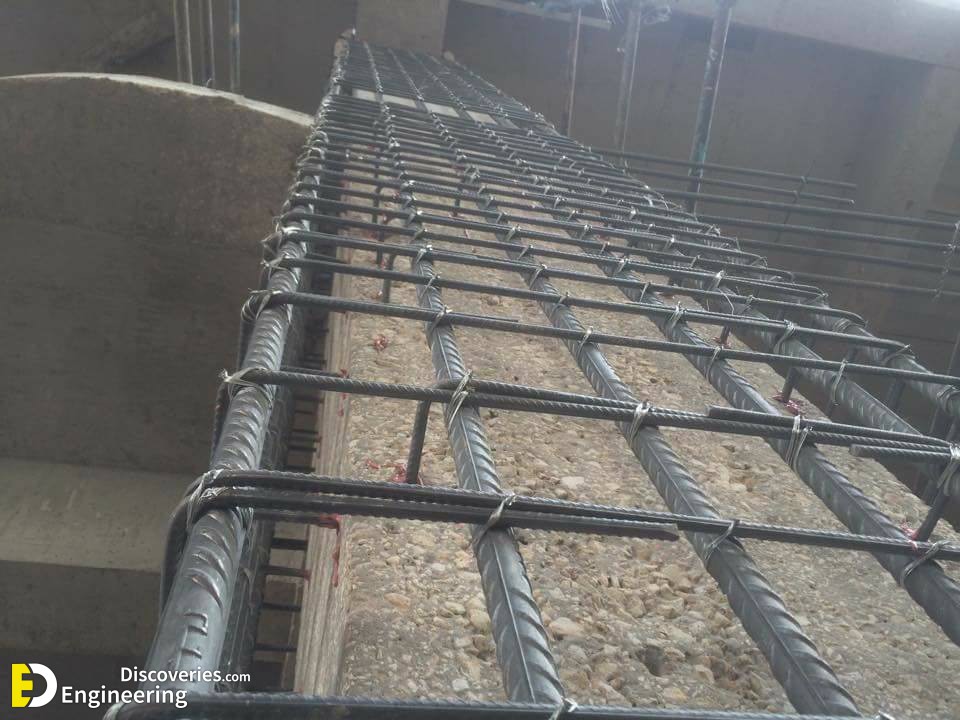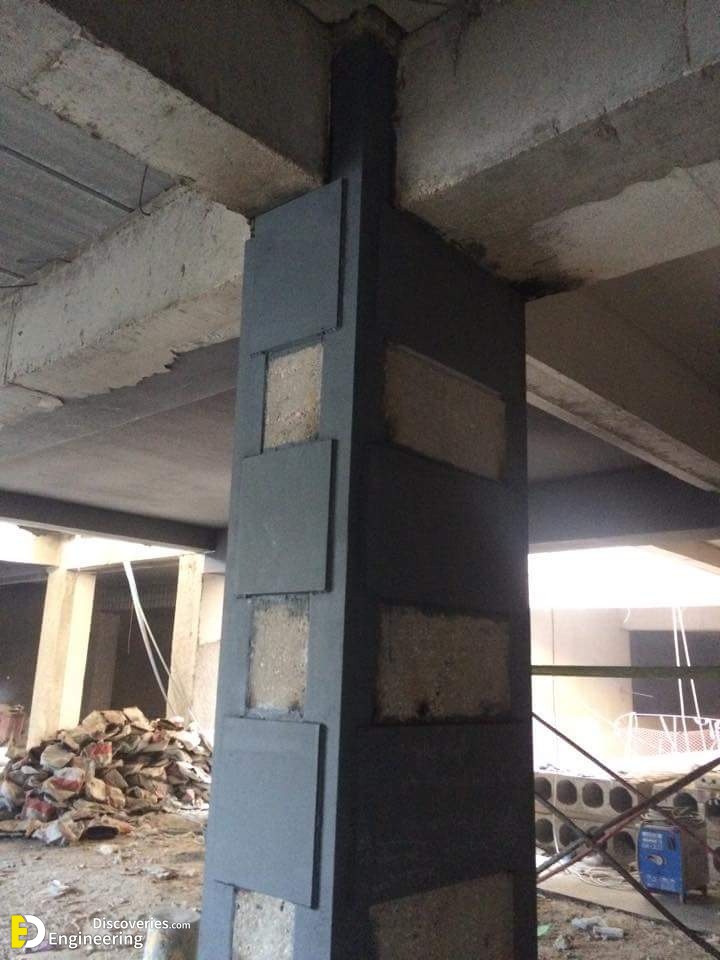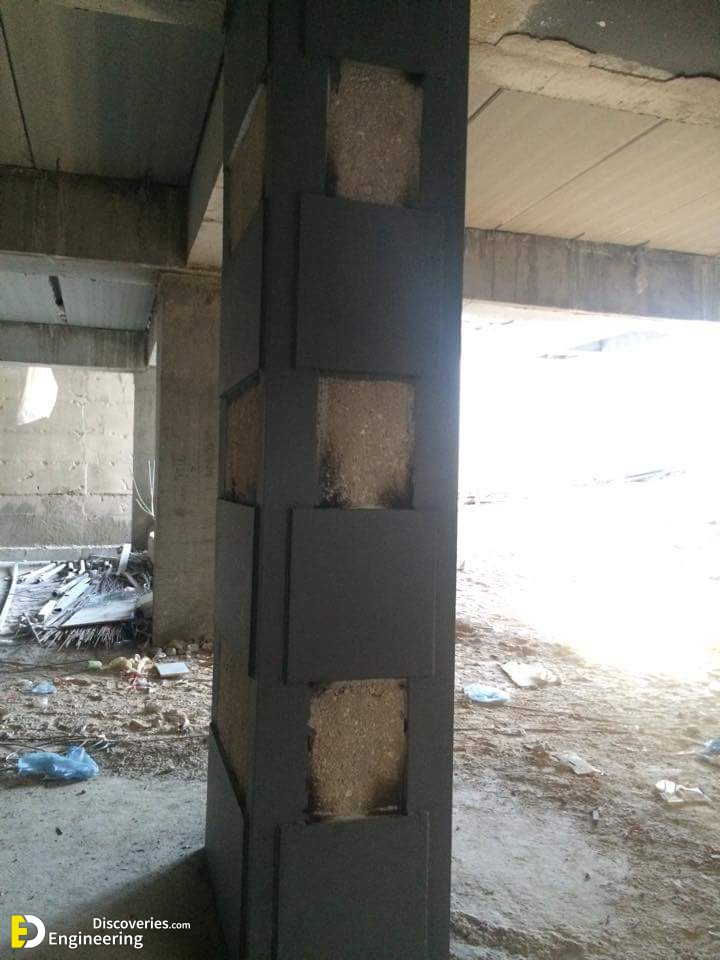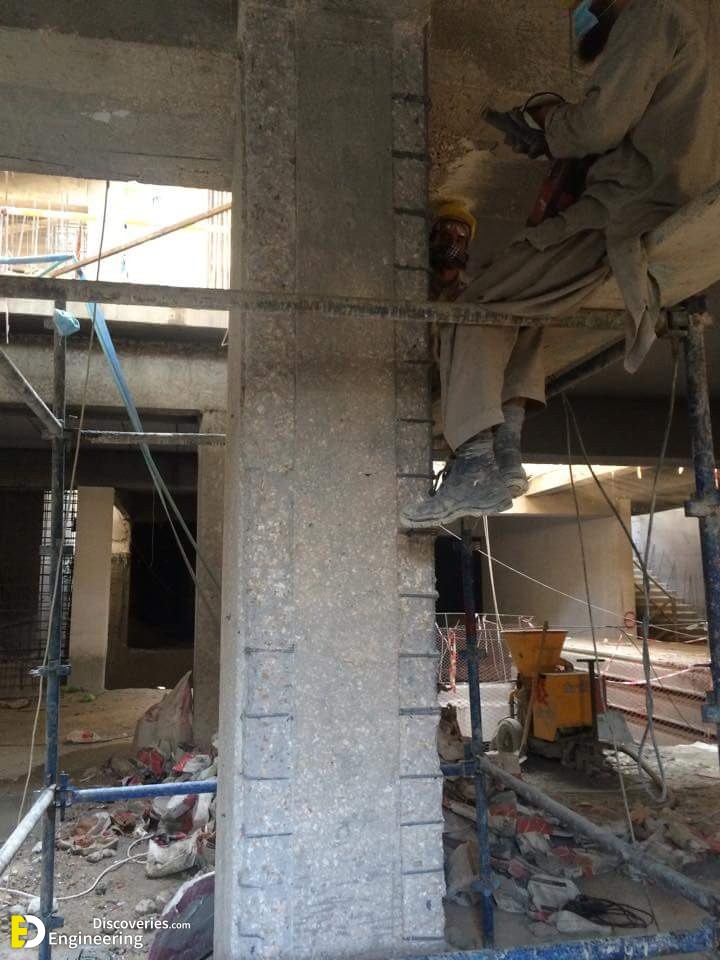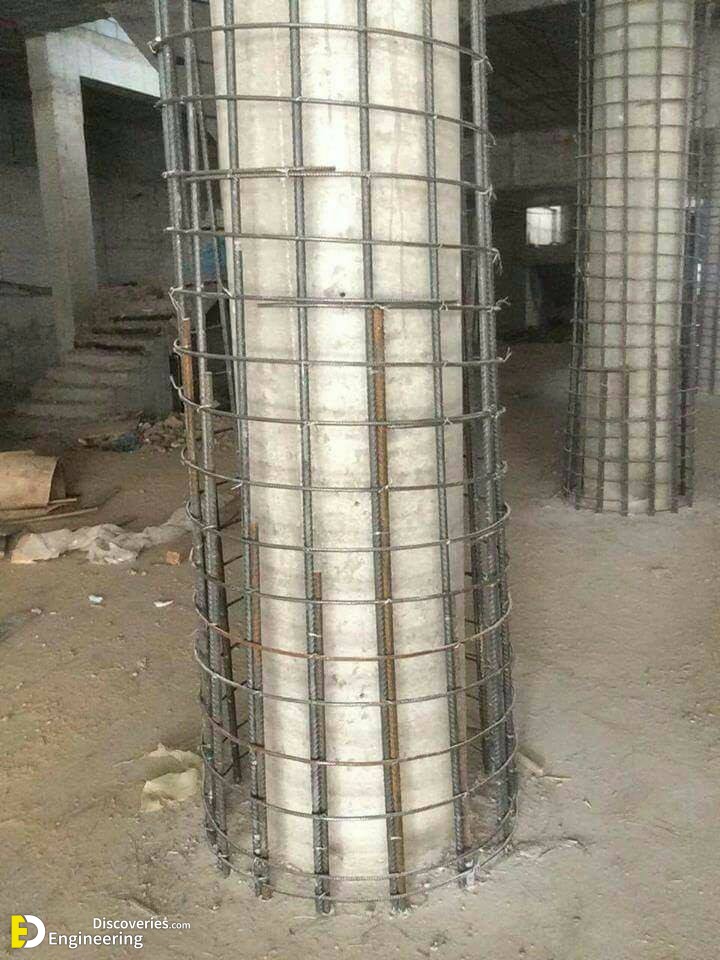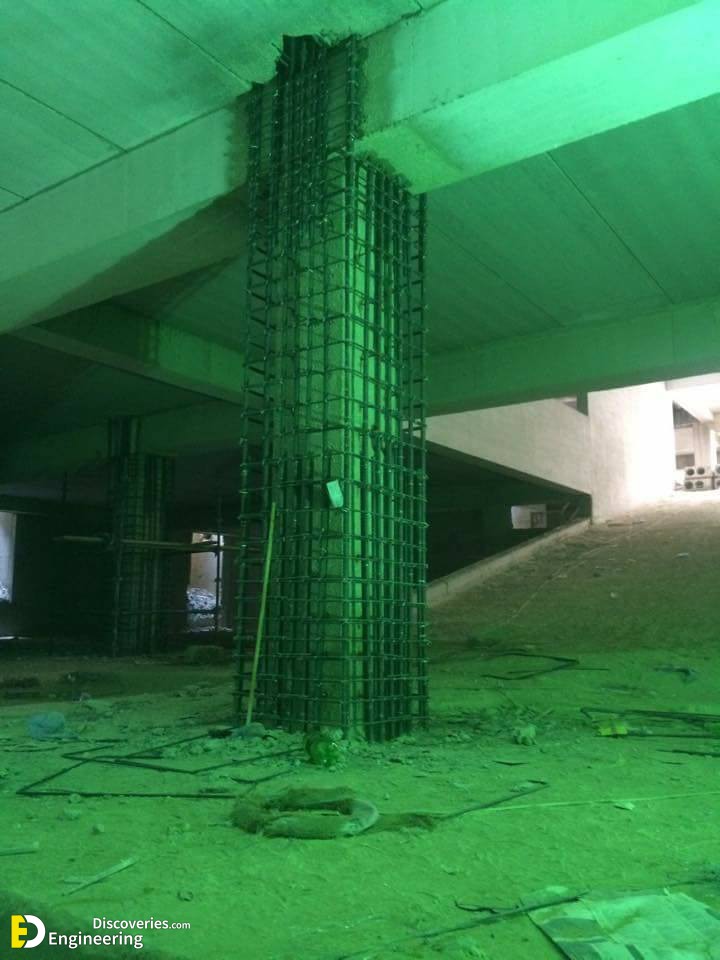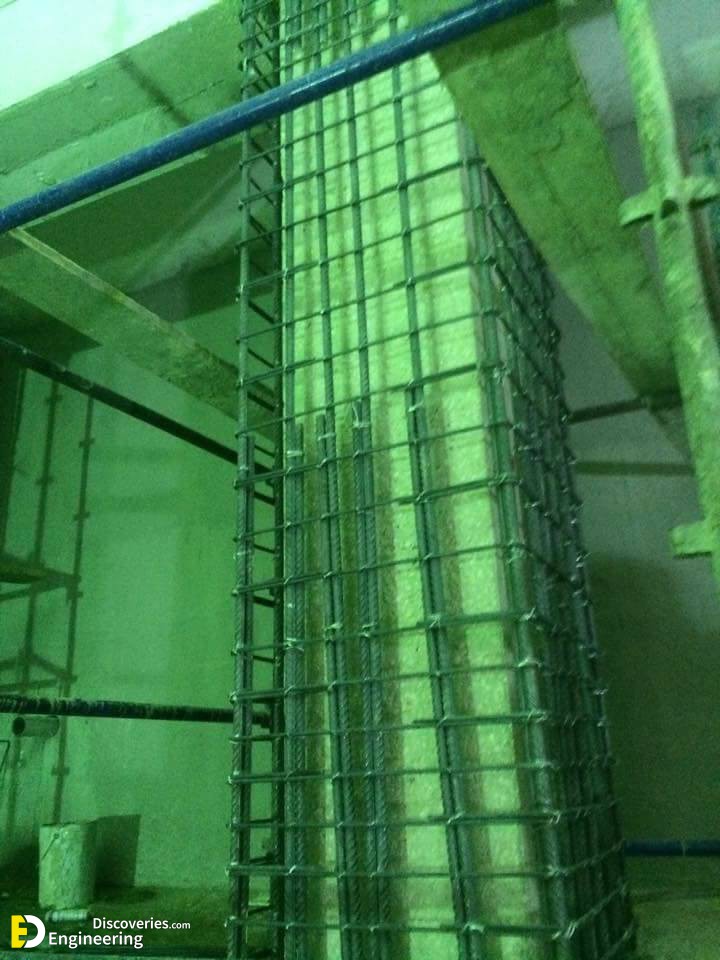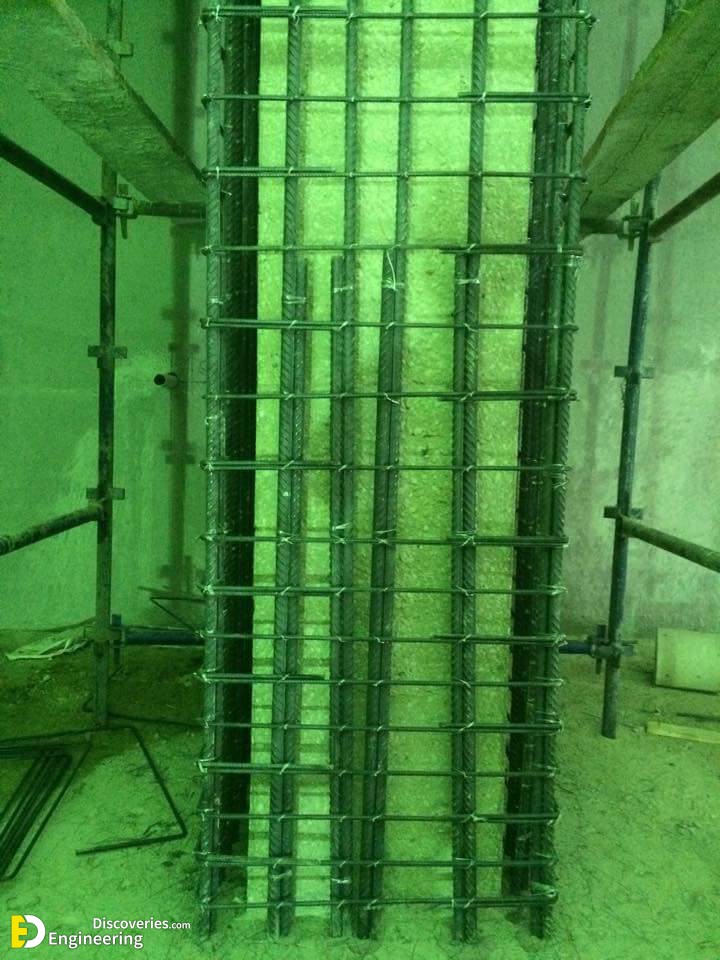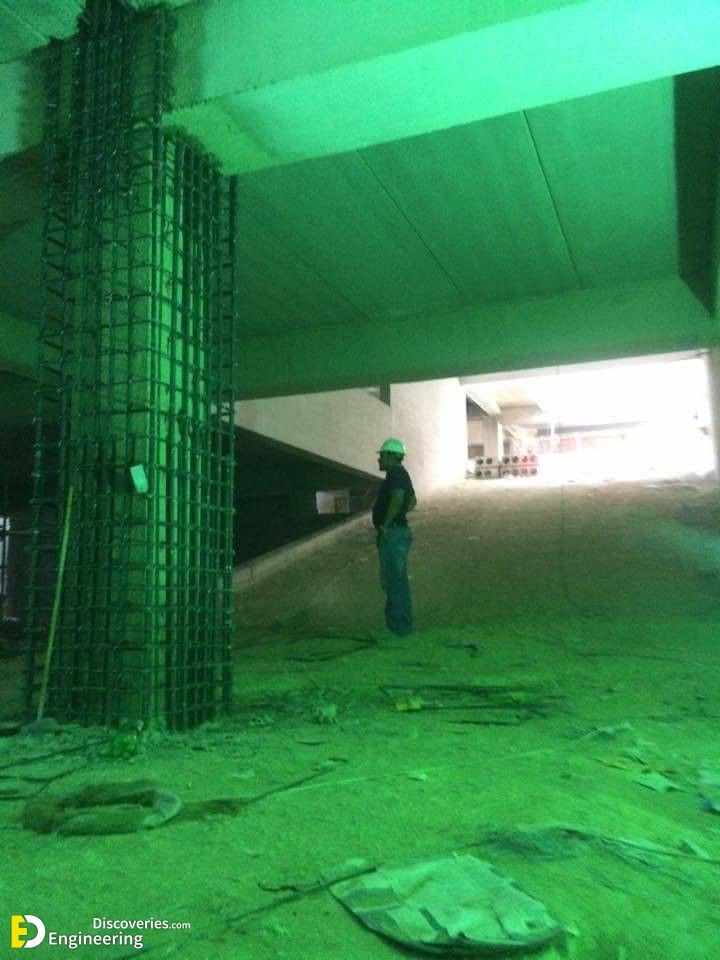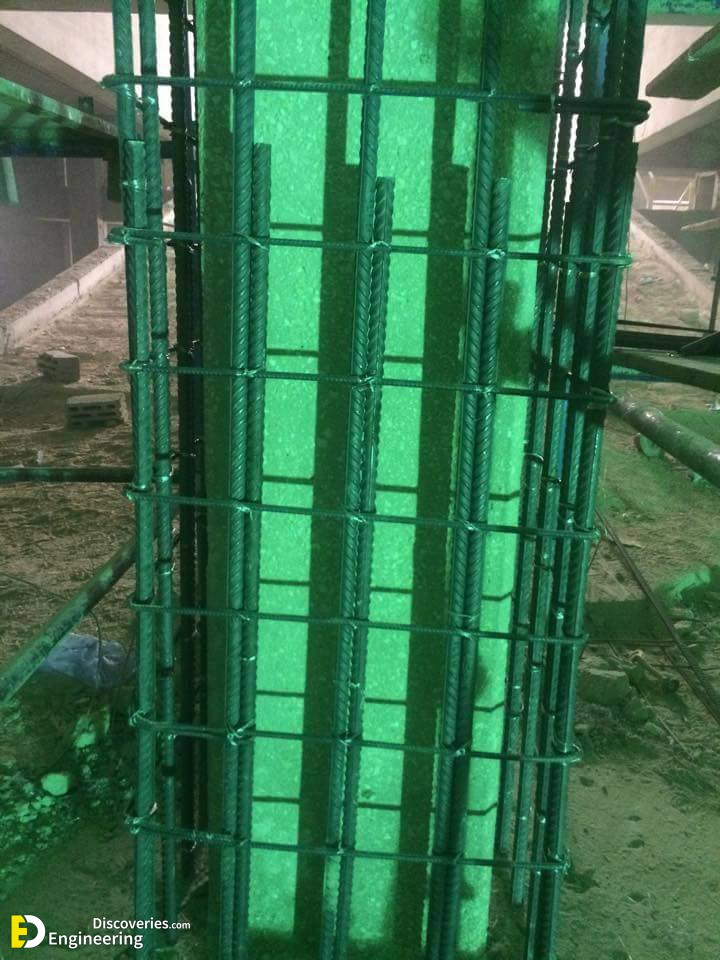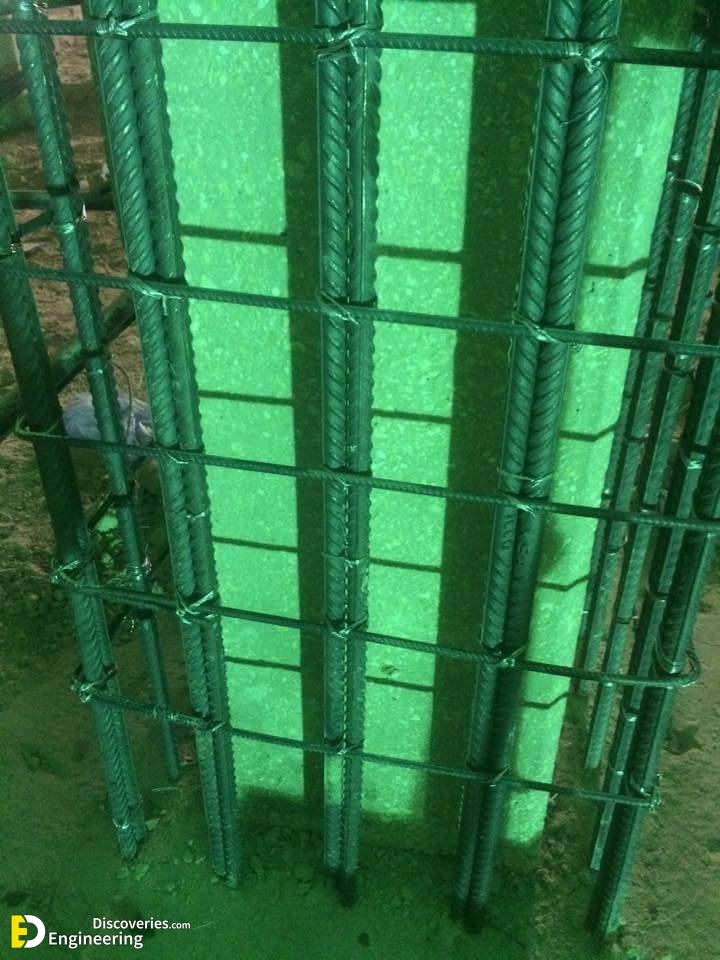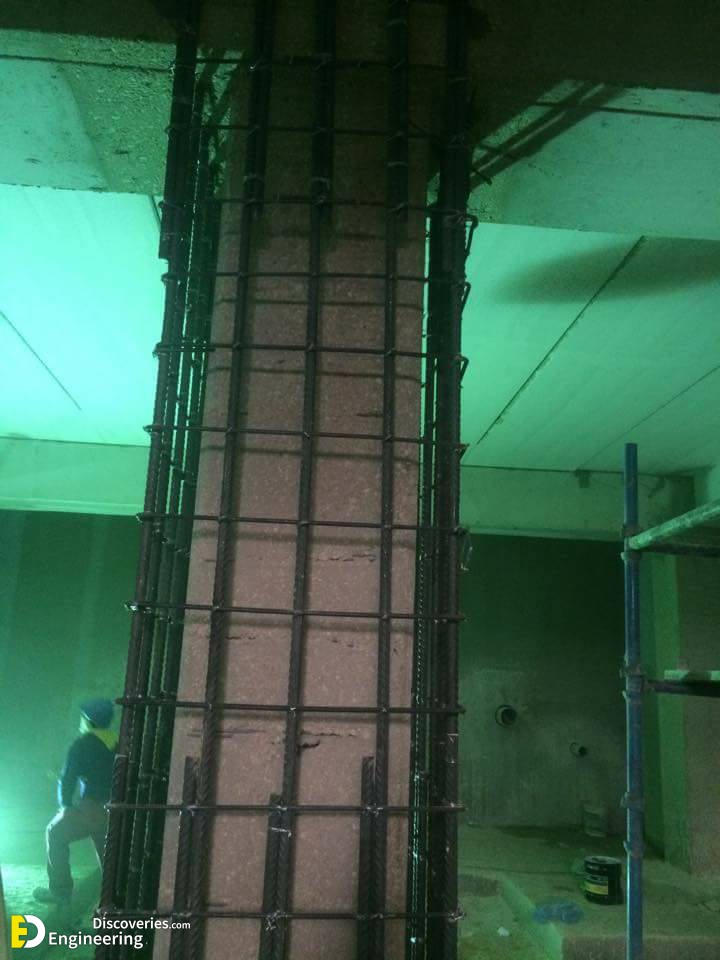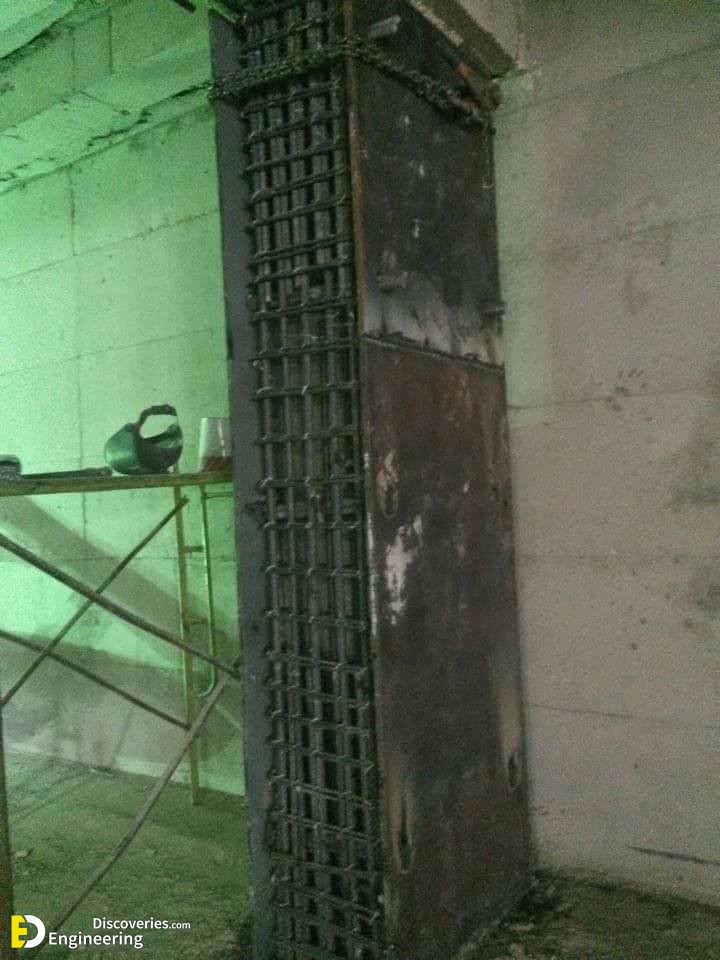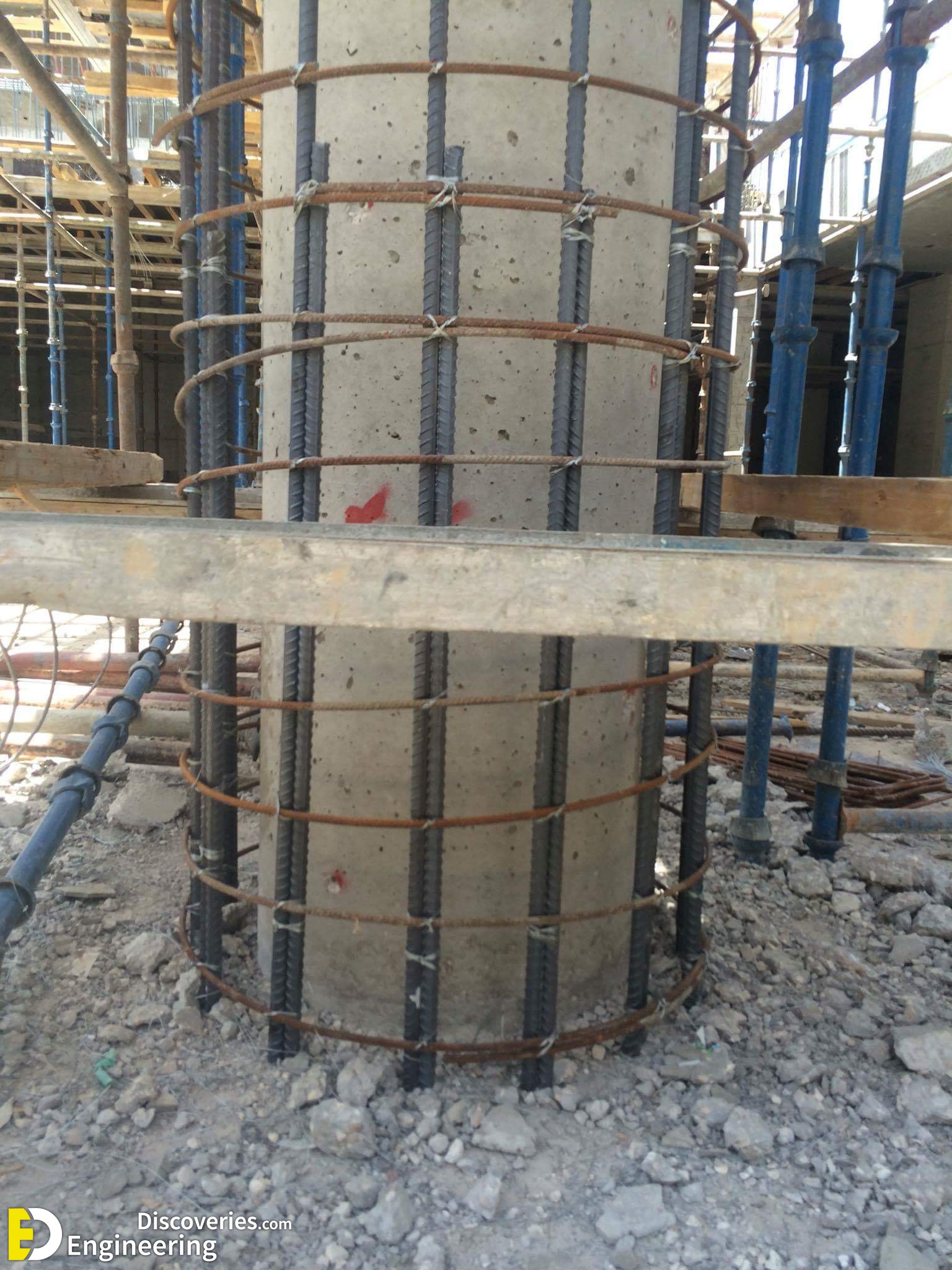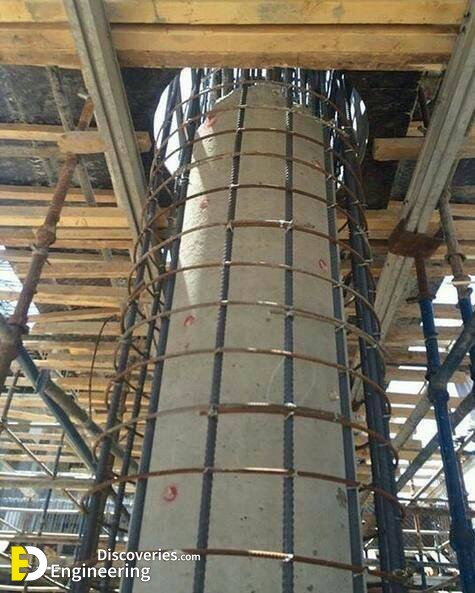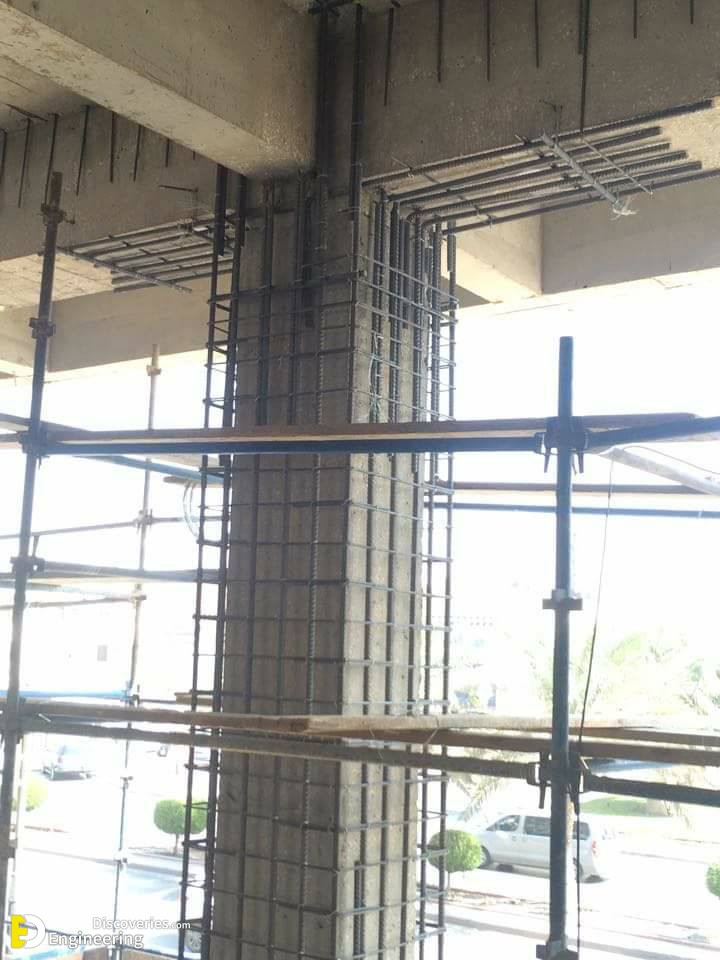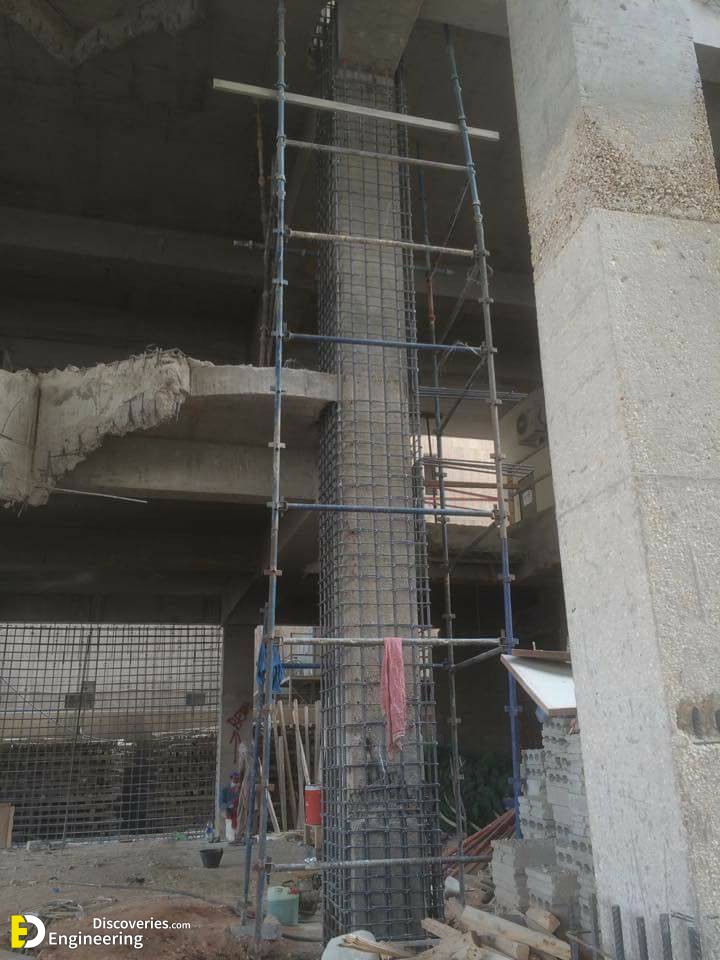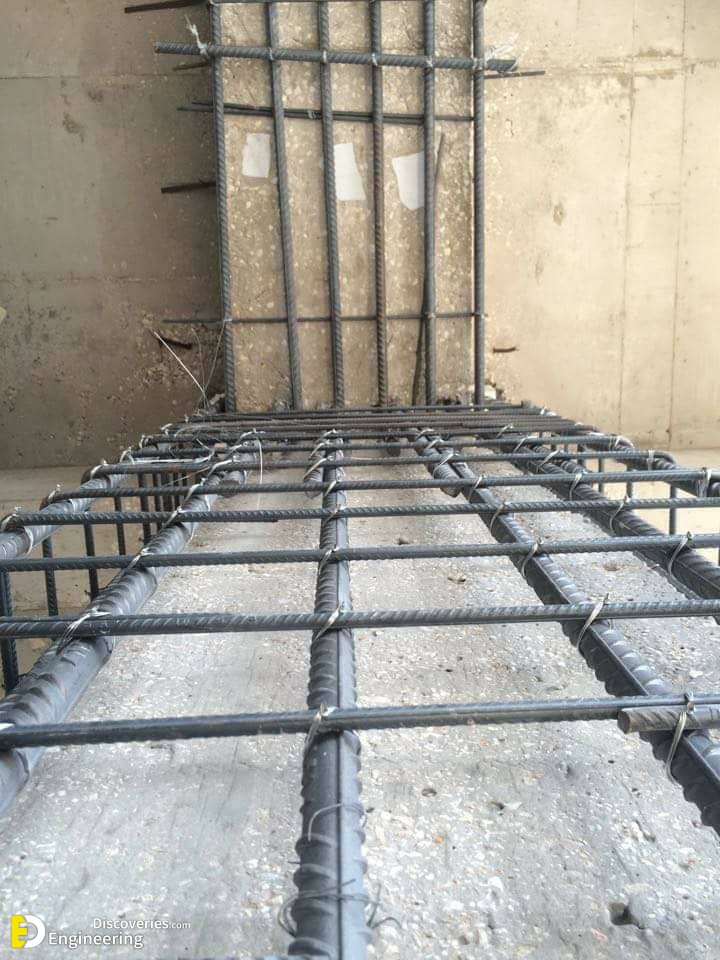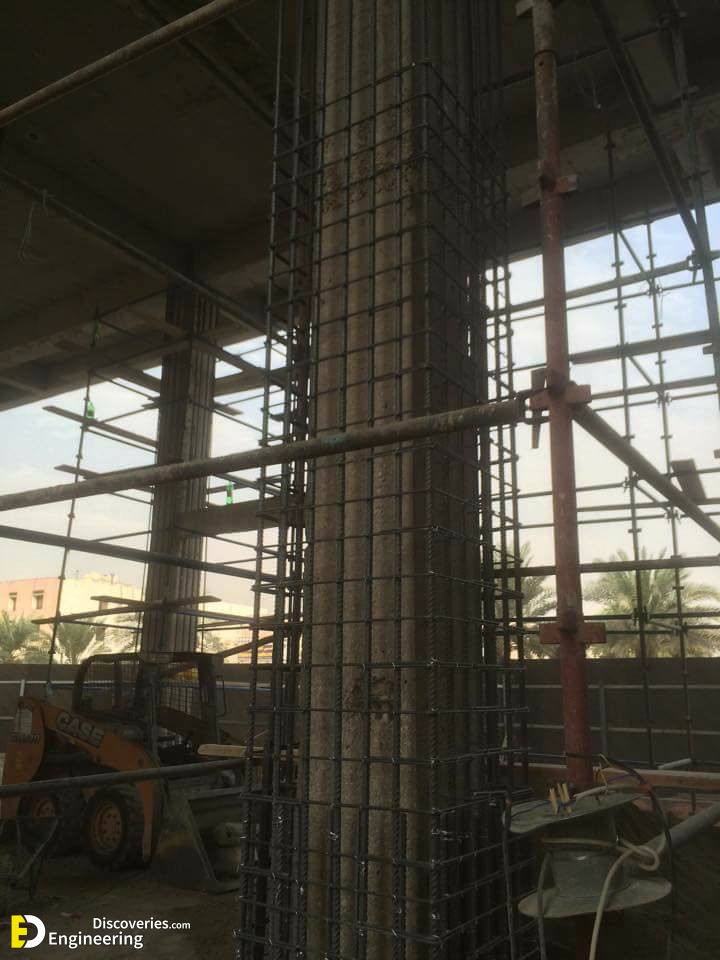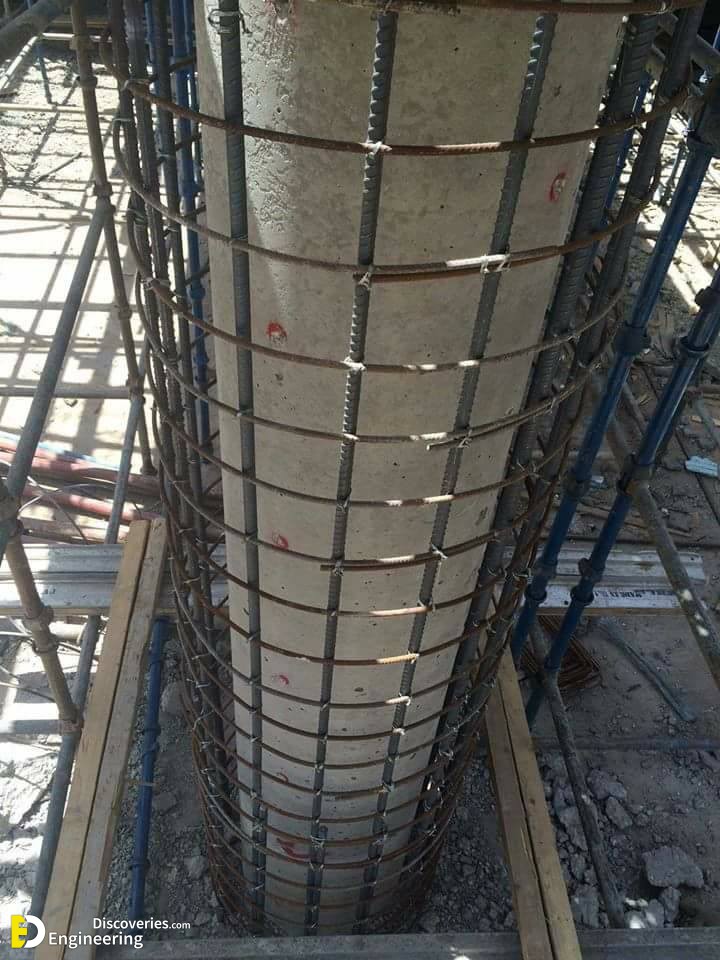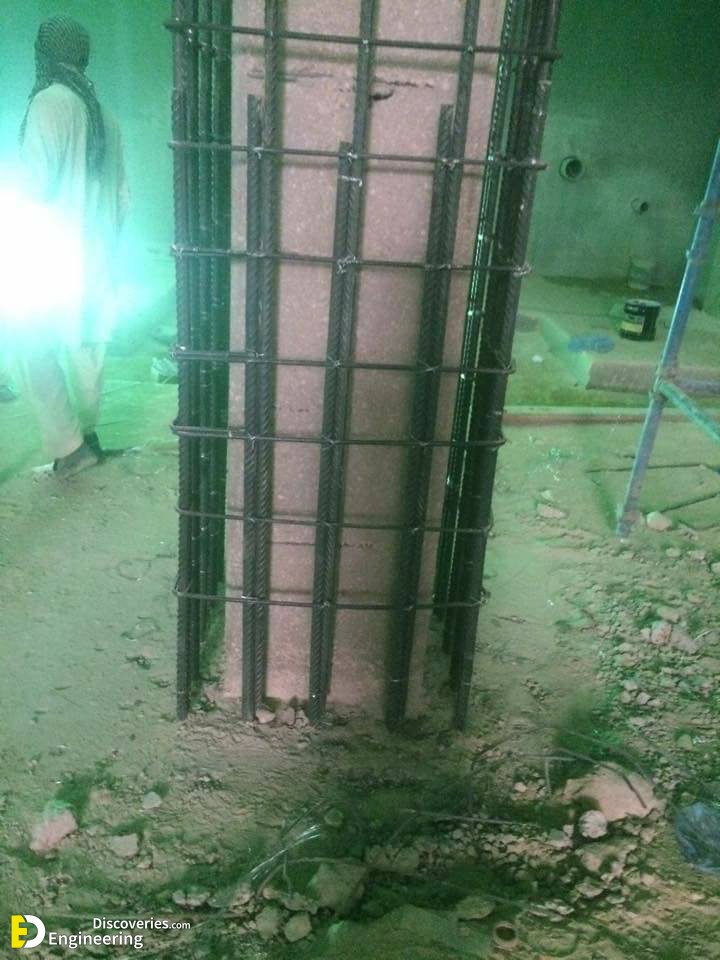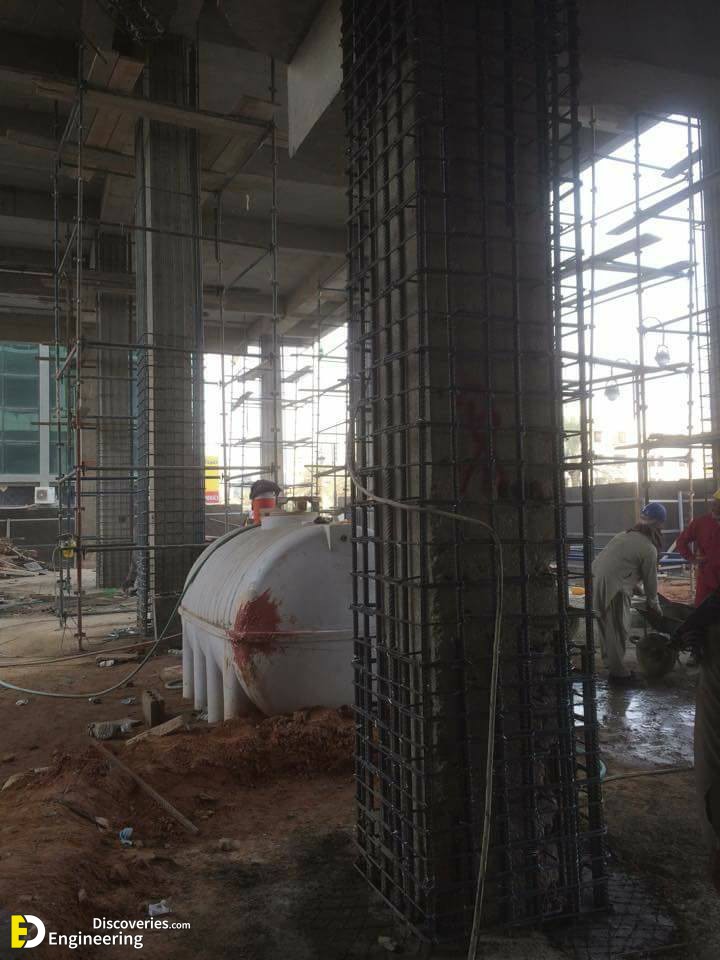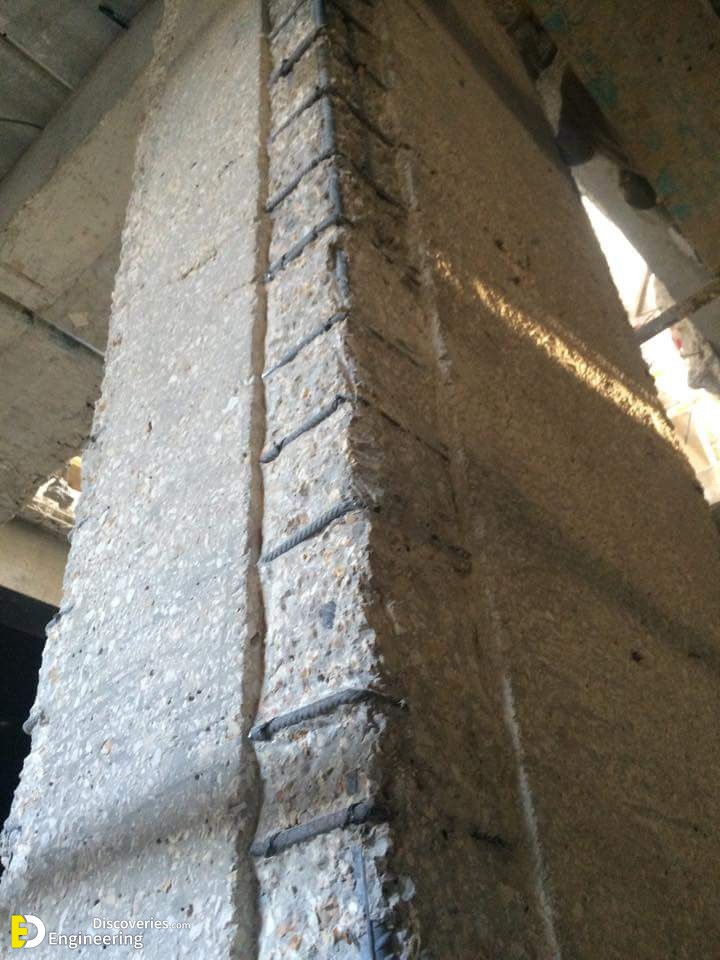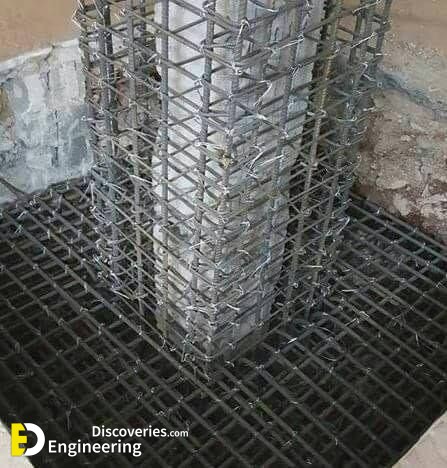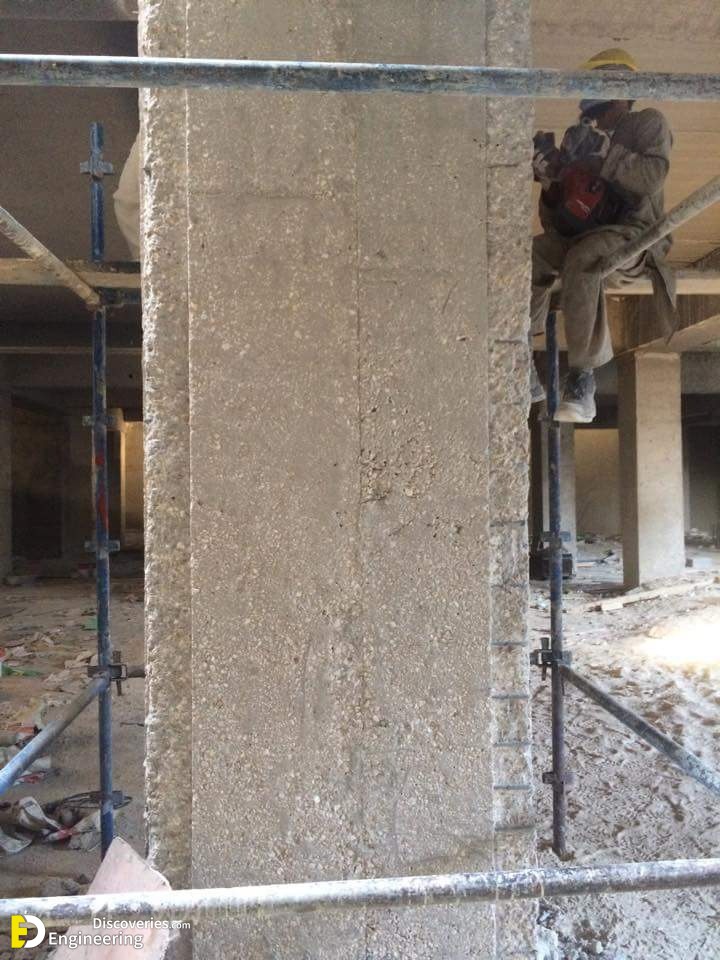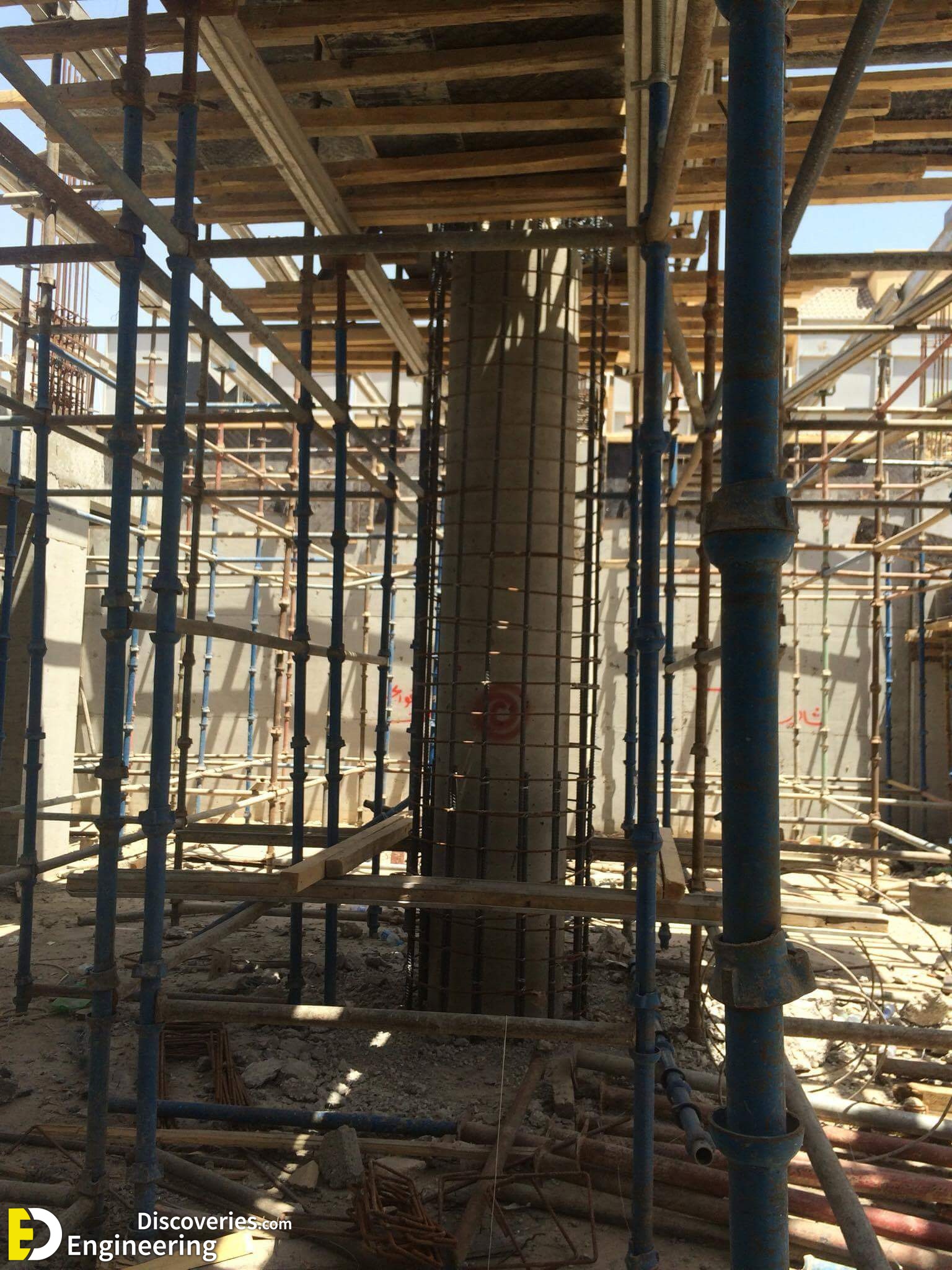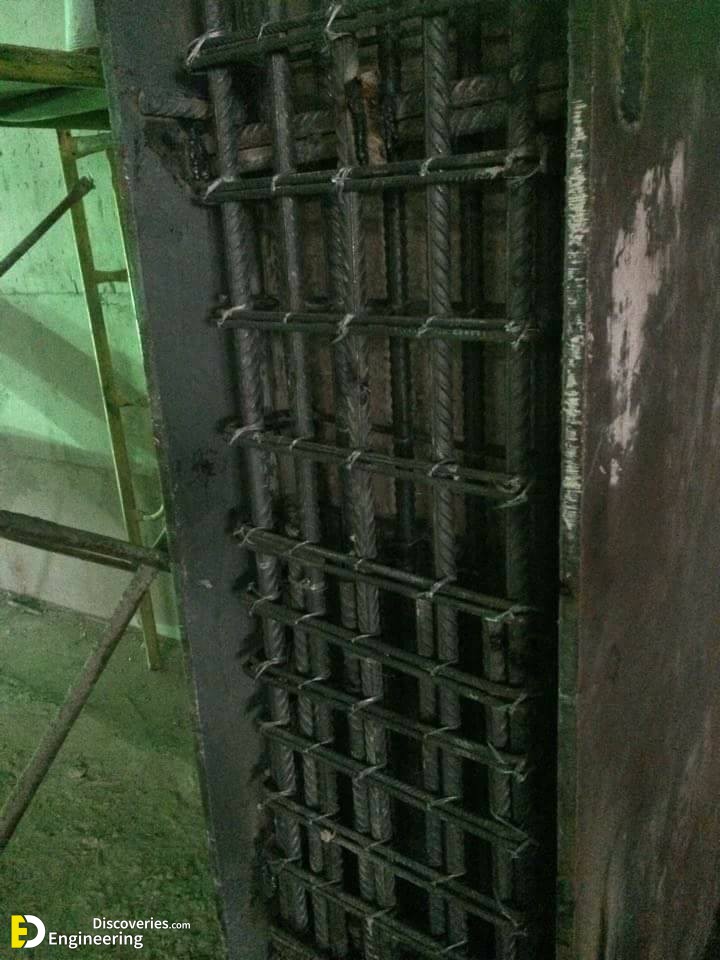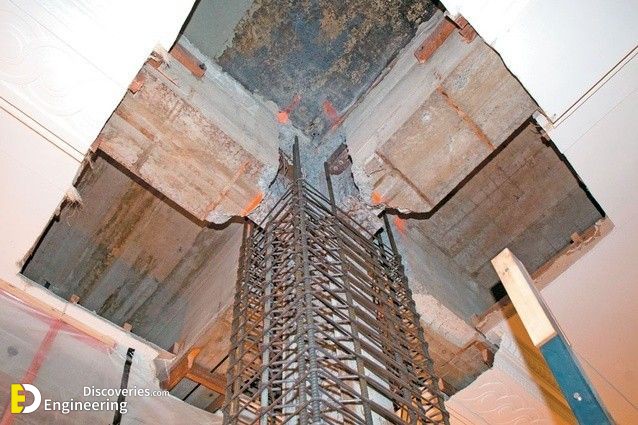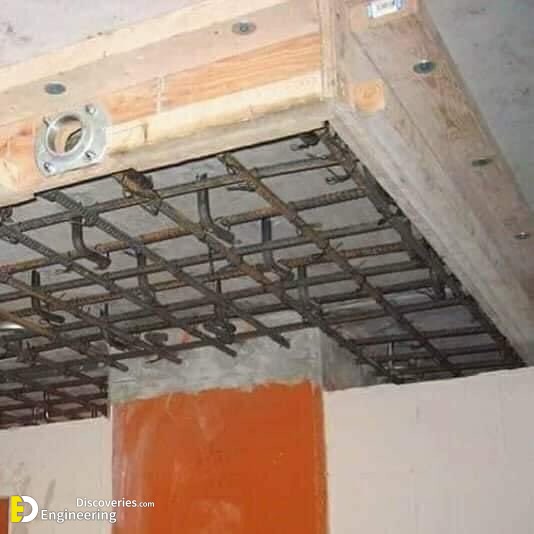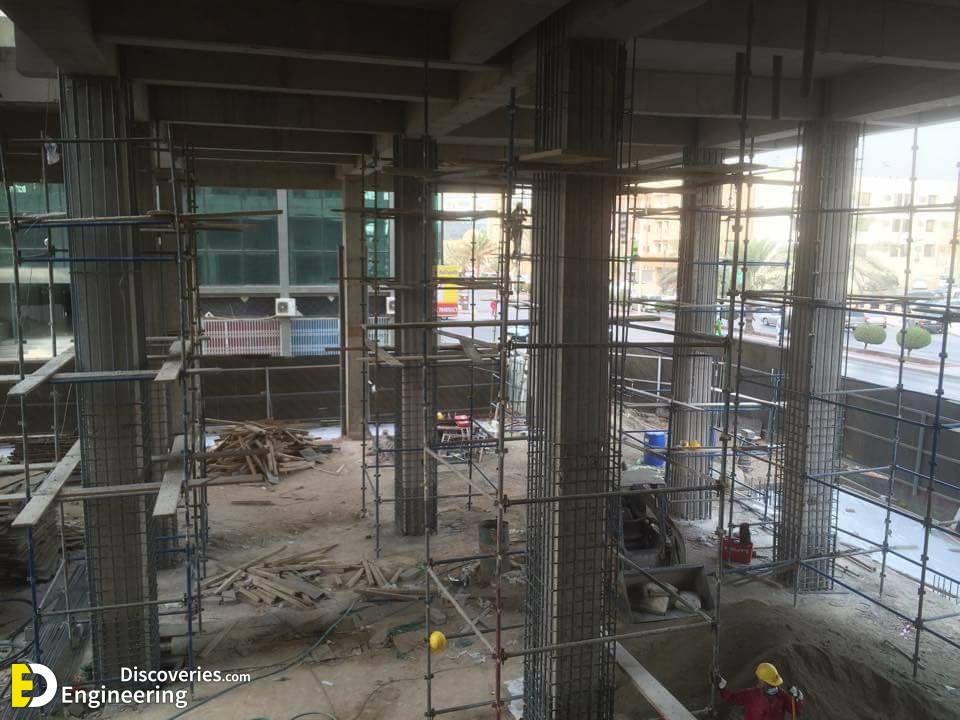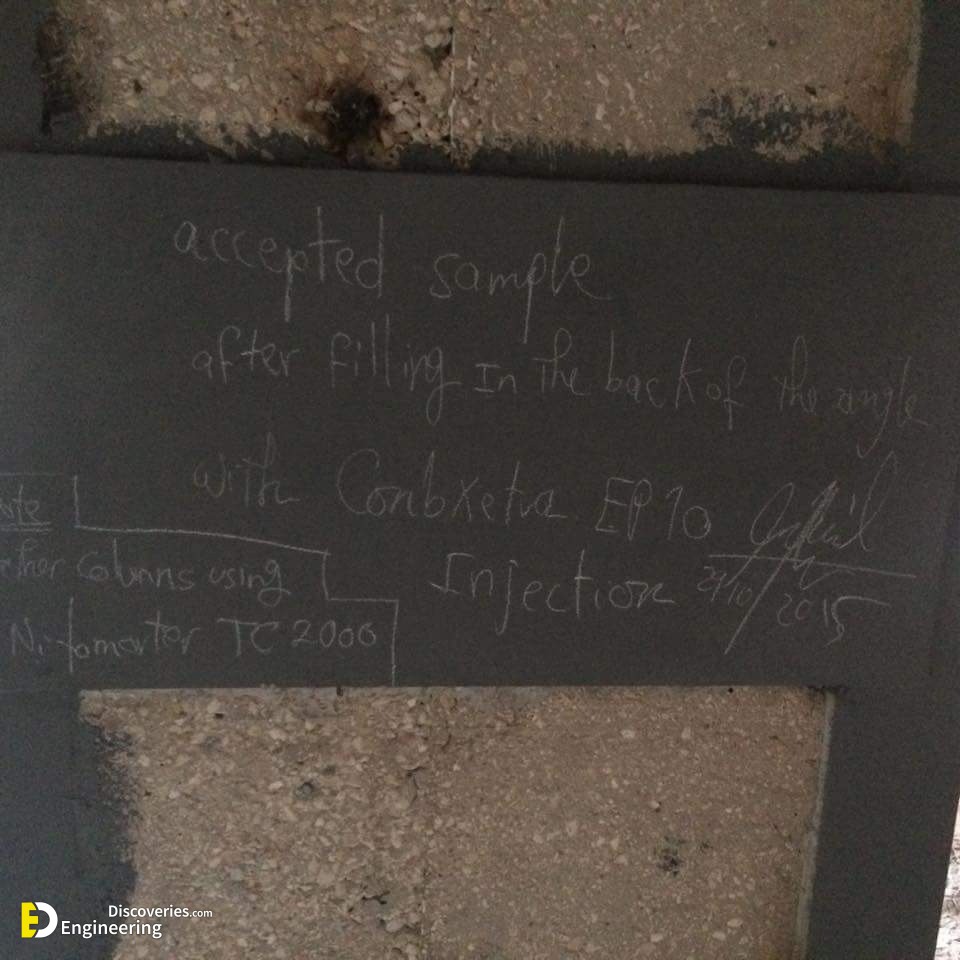Retrofitting is the process by which we add new features to existing structures, such as heritage sites, older buildings, and bridges, etc. Retrofitting helps in reducing the vulnerability of damage to an existing structure in case of any natural disaster or seismic activity.
What is Retrofitting?
Retrofitting is described as the procedure of change of existing structures such as Residential buildings, bridges, and historical buildings to make them impervious against seismic action like Earthquakes, Volcanic Eruptions, and other natural disasters that include landslides, tsunamis, floods, thunderstorms.
Retrofitting of RCC structural members is done so that the deteriorated concrete element structure regains its strength. It also helps to prevent further distress in concrete elements.
The deficiency in the strength of the concrete element could be because of design errors or poor workmanship. There could be another reason too for the deterioration such as the aggression of harmful agents.
Once the proper technique of retrofitting is implemented and specified, the required capacity to the structure could be regained and it totally depends on the severity of the damage caused.
What Is Need Retrofitting
There are several problems that structural members experience and needed to be tackled among them some common problems include:
- Structural cracks.
- Damage to structural members.
- Excessive loading.
- Modification of the structural system.
- Seismic damage.
- Corrosion due to penetration- honeycombs.
Methods of Retrofitting of Building
The following are the most common method of retrofitting a building:
- Adding New Shear Wall.
- Adding Steel Bracing.
- Wall Thickening Technique.
- Base Isolation Technique.
- Mass Reduction Technique.
- Jacketing Method.
- Fiber Reinforced Polymer (FRP).
- Epoxy Injection Method.
- External Plate Bonding.
Click Here To See Structural Retrofitting And Strengthening By Jacketing, Its Types And Advantages
